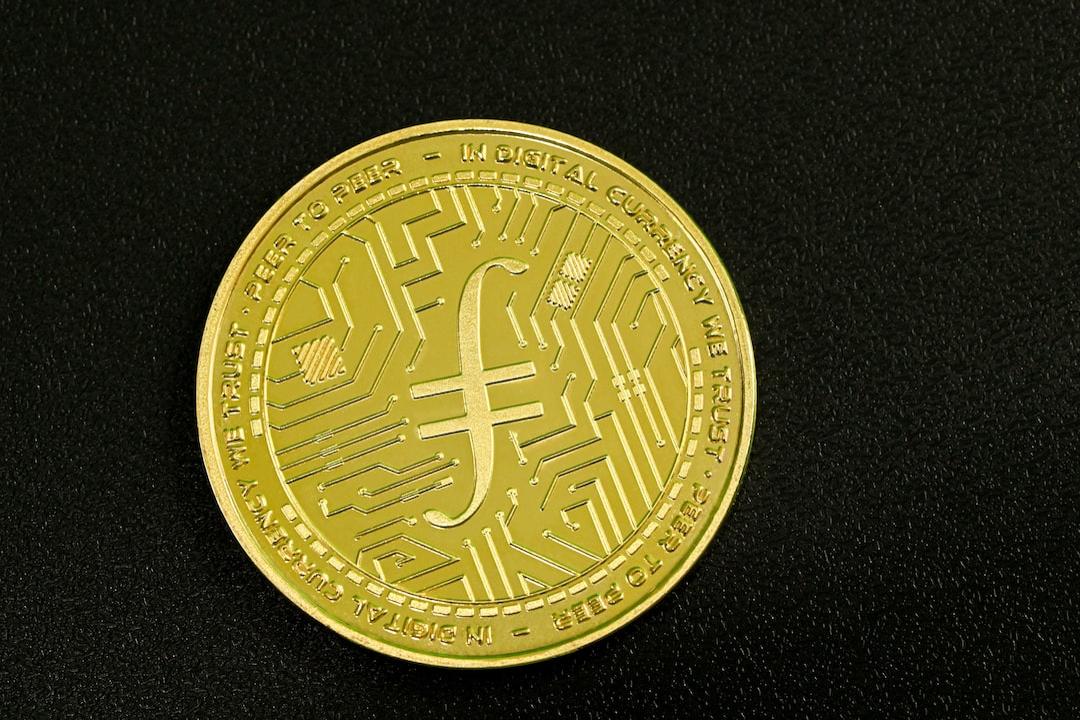During a time of heightened macroeconomic uncertainty, investors are increasingly seeking safe havens, yet Bitcoin

$ 0.000031 has not sufficiently benefitted from this trend, according to JPMorgan analysts. In contrast, gold has drawn significant attention with strong inflows in both exchange-traded funds (ETFs) and futures markets. Analysts highlight that while gold’s identity as a safe haven strengthens, Bitcoin’s narrative as “digital gold” weakens. The outflows from Bitcoin ETFs and diminishing interest in futures further accentuate this situation.
Investors Shift from Bitcoin to Gold
A report led by Nikolaos Panigirtzoglou of JPMorgan indicates that demand for gold, especially in the ETF and futures markets, is clearly evident. In the first quarter of the year, global gold ETFs recorded a net inflow of $21.1 billion, with ETFs based in China and Hong Kong accounting for $2.3 billion of this figure. These inflows represent 16% of total assets in gold ETFs in the China/Hong Kong region and 6% globally, reflecting a faster acceleration in the search for safe havens, particularly in Asia.

Bitcoin and Gold Futures
Moreover, since February, speculative investors have notably increased their purchases of gold in the futures market. Despite broad market fluctuations, gold has moved similarly to traditional safe-haven assets like the Swiss franc and Japanese yen. At present, gold continues to be the primary refuge for investors amidst increasing global economic tensions.
Bitcoin Interest Significantly Declines
Unlike gold, Bitcoin has not seen the same level of safe-haven interest in recent months. According to JPMorgan, the sustained outflows from Bitcoin ETFs over the past three months and the low speculative demand in futures contracts weaken Bitcoin’s safe-haven narrative. The report notes that Bitcoin’s “digital gold” claims are under pressure, with investors shifting towards traditional commodities instead of riskier assets. Analysts emphasize that gold has become the first choice for investors against global currency devaluations, while Bitcoin’s attempt to occupy this position has so far failed. The report also reminds that the $62,000 level for BTC is a crucial technical support level due to its production costs.

